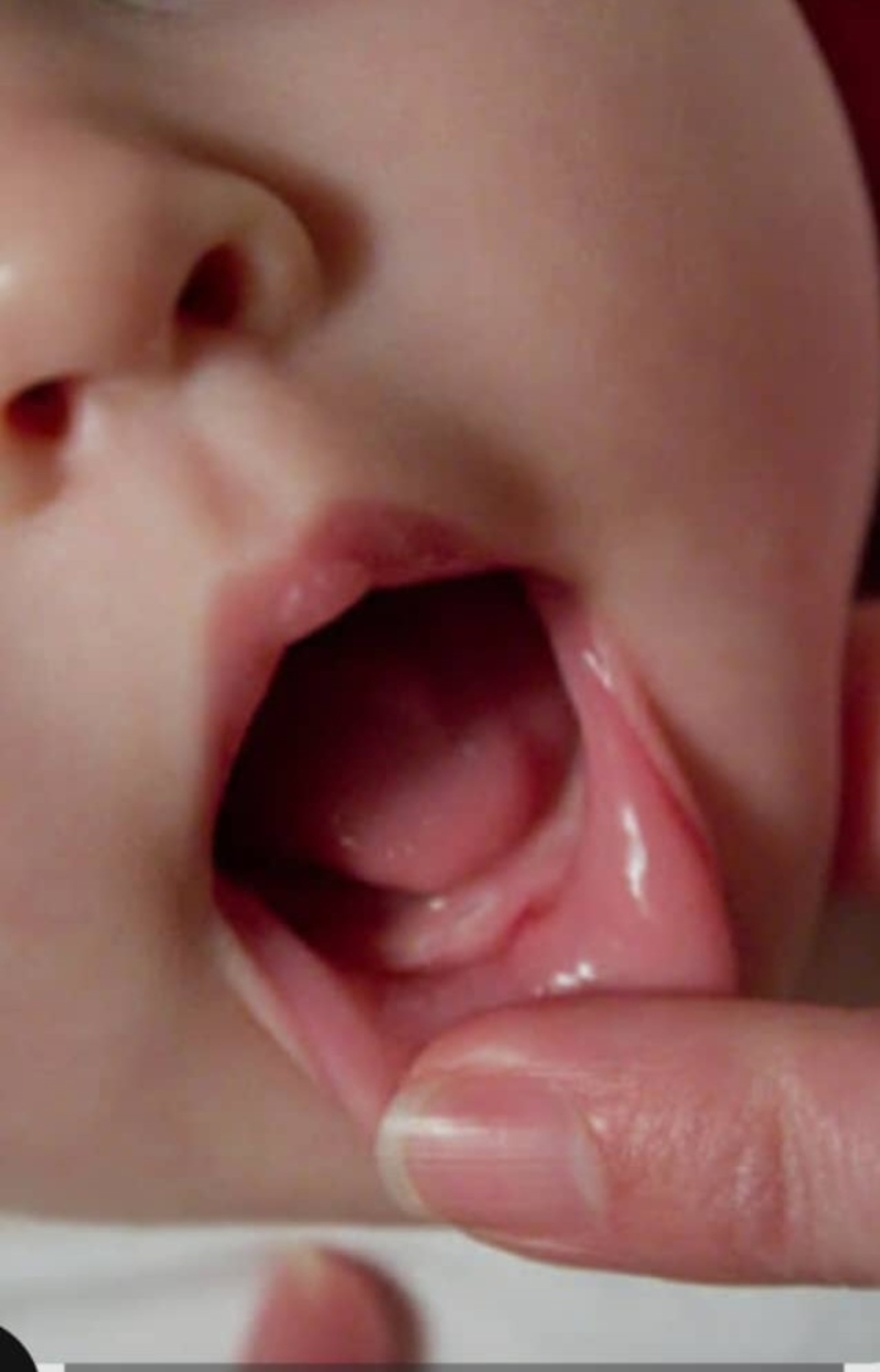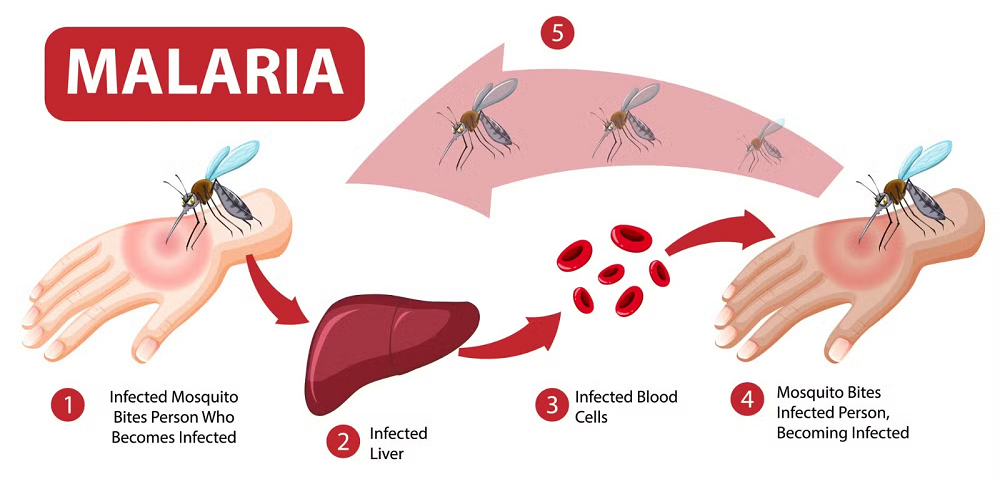Teething: Between Facts and Myths

Teething is a developmental stage that all children go through, and some symptoms or changes may appear during this period.
Here are the most common misconceptions about teething—and the facts behind them:
“The child has a high fever because of teething.”
Fact: Teething may cause a very slight rise in temperature (≤ 38°C),
but a high fever usually indicates an infection (such as a cold, ear infection, or gastroenteritis), not teething.
“Diarrhea is a normal part of teething.”
Fact: Excess saliva may cause a mildly softer stool,
but repeated or watery diarrhea is not from teething—it’s an illness.
“The baby must bite on something hard to help the teeth come out.”
Fact: It’s best to use teething rings or a clean, cold cloth.
Objects that are too hard or metallic may injure the gums or even damage the teeth.
“We should apply alcohol or numbing gel on the gums to help the baby sleep.”
Fact: Alcohol is toxic for children,
and some numbing gels can be absorbed and cause serious health problems.
“If teeth don’t erupt early, the child has a calcium deficiency.”
Fact: The timing of tooth eruption naturally varies among children.
Delays up to 12–18 months are often normal and do not indicate deficiency unless accompanied by other symptoms.
“The child stops eating during teething because of the teeth.”
Fact: Appetite may decrease for a day or two due to discomfort,
but prolonged food refusal or weight loss is not from teething and requires medical evaluation.
“Teething causes coughing and colds.”
Fact: Excess saliva may lead to a mild cough when the child is lying down,
but runny nose, sneezing, and other cold symptoms are usually signs of infection, not teething.















